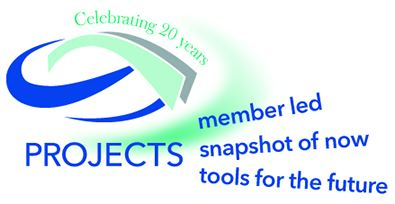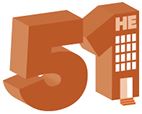The number of first year students with a disability |
The amount UK higher education providers spent on disability support in 2009 |
Higher education providers who contributed to the research |
Infographic sources: www.hefce.ac.uk.
BackgroundDisability legislation at the beginning of the twenty-first century brought about new challenges across the tertiary sector in the UK, which impacted on the delivery of support for disabled students. The introduction of the Special Educational Needs Disability Act (SENDA) in 2001 created obligations and duties for higher education providers to provide parity of opportunity to disabled students. These obligations and duties were incorporated into existing Student Services structures due to two separate government initiatives that encouraged the establishment of central and coordinating services for disabled people. These included Higher Education Funding Council for England (HEFCE)’s funding programme "Base Level Provision" in 1999, and the former Department for Education and Skills’ (DfES) funding model of support for disabled students called Disabled Students’ Allowance (DSA). The development of the HEFCE funding programme introduced a model of support that encouraged higher education providers to create special units and roles (Disability Offices and Coordinators) to provide specialist advice and coordinate support across higher education providers. This system of support was highly successful and normally located in Student Services (Adams, M. and Brown 2000). The creation of DSA, led to the allocation of funding for each eligible student to compensate for the additional costs incurred as a result of their disability. Although DSA was introduced to pay for auxiliary aids (for example, enabling equipment and services such as note taking, sign language interpreting, dyslexia tuition), the initiative encouraged the growth of expertise of staff in Disability Units and hence, Student Services organisational structures. The services increasingly relied on these units as they took over the administration of DSA on behalf of students to facilitate delivery and effectiveness due to economies of scale. The operation of auxiliary services was gradually identified as part of university services in higher education institutions. Higher education providers introduced methods to disseminate good practice and the reasonable adjustments needed to support the integration of disabled students (Adams, M and Holland 2006). These methods were referred to as Inclusive Learning Plans, Learning Agreements, Disability Support Plans, and so on. Although the government and universities have consistently deployed considerable resources (estimated to be £13 million per year in 2009), there is a lack of institutional research on their development and achievements. Disability research has focused on the institutional problems faced, and less on the Student Services role in assisting universities to comply with disability legislation. |
Aims and objectivesThe aims of this project are:
The main objectives of this project, to be completed in three months are:
MethodologyThe project is set out to study three main communication methods used to support disabled students to achieve equality of opportunity in the higher education sector. The research is carried out by a team of experts on disabilities and mental health from the University of Kent's Disability and Dyslexia Support Services: Dr Andy Velarde, Graham Gorvett and Philippa Moreton. The methodology to be used is a version of Action Research (Bryman 1989, Elliott 1991, Mills 2000). This approach uses case studies, and the findings are intended to inform future developments of Inclusive Learning Plans. The study includes three methods of data collection:
Intended outputsThe project aims to produce the following:
|




